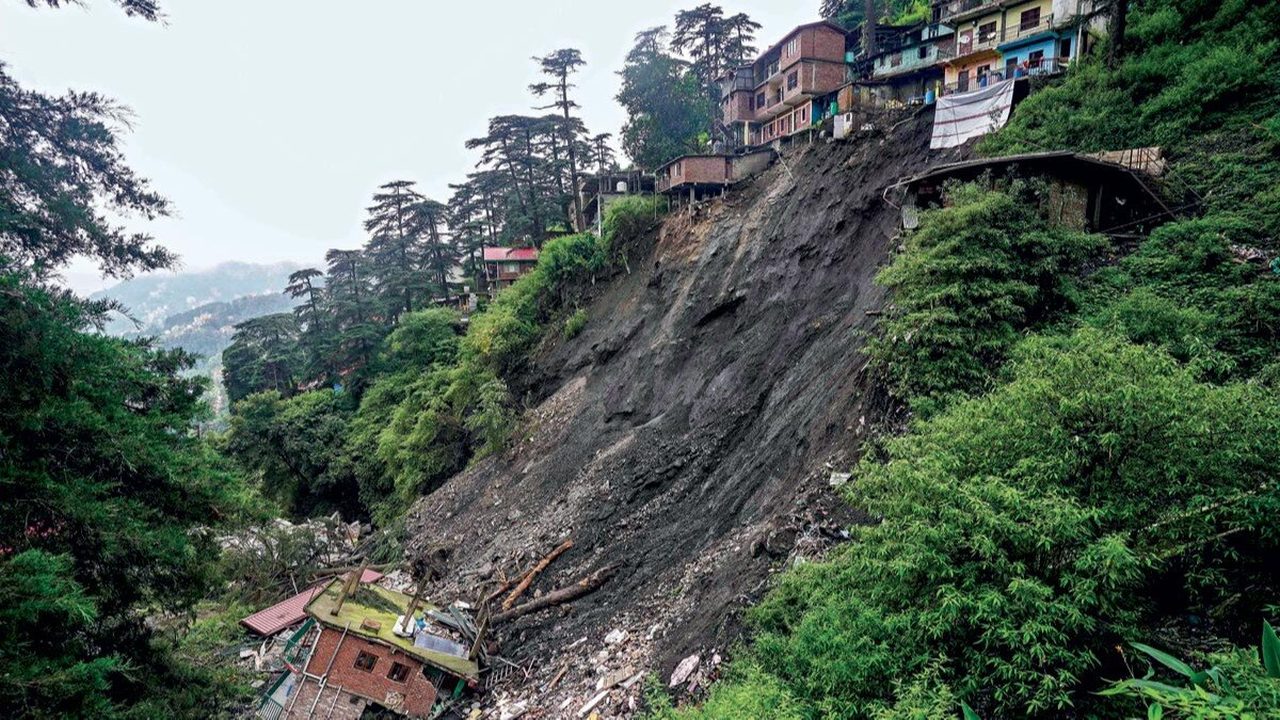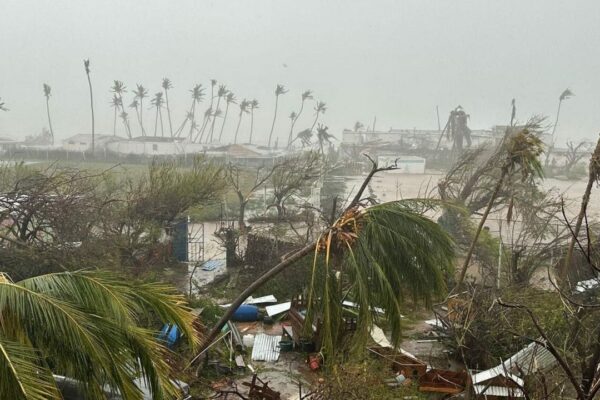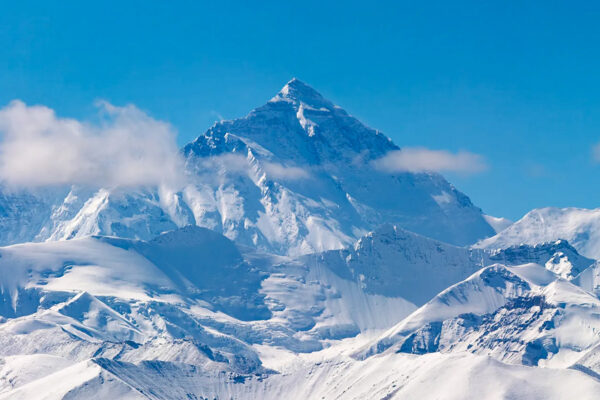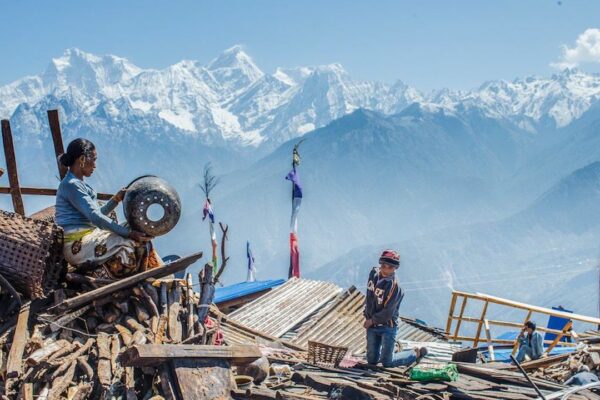Himachal Cabinet’s Balancing Act Between Development and Conservation in Shimla is Worrisome
Government permitting residential construction in the green belt despite the recent disaster this monsoon season spells doom
Shimla referred to as the “Queen of the Hills,” has been celebrated for its pristine beauty and natural charm. However, in the monsoon this year, the city was battered with heavy rainfall leading to massive landslides and flash floods accounting for a staggering loss of a few crores, and will take “approximately a year to rebuild,” the Chief Minister of Himachal Pradesh, Sukhvinder Singh Sukhu informed.
In addition to the economic cost, the calamity claimed about 27 lives and caused widespread property damage, jeopardizing the livelihoods of many residents. Arguably, the damages to lives and property are attributed to nature’s fury, it is worth noting that unabated construction and unplanned urbanization are contributing factors to the state in which the unique geographical positioning of Shimla finds itself today.
The city that has long captivated tourists with its steep slopes and hilly terrain has hotels running below par occupancy. At the same time, its own advantageous geography puts the city in a precarious situation. An astounding 90% of the core city area has been constructed on slopes exceeding 60 degrees, defying architectural and geological norms. This imprudent urban development has rendered Shimla susceptible to natural disasters and soil erosion, making it a ticking time bomb of instability, a trailer of which was visible in August 2023.
Adding to the cause, a recent decision by the Himachal Pradesh Cabinet to amend the Shimla Development Plan (SDP) has stirred a debate. On the one hand, the government is under pressure to accommodate residents who have invested in properties in the green belt area and have been demanding permission to construct homes since restrictions were imposed in 2000 (when 17 forest areas in the core city were declared Green Areas under the Interim Development Plan of Shimla). On the other hand, the very essence of Shimla’s charm lies in its greenery conservation, and limiting more pressure on the strata, which could be endangered by further construction.
The decision to relax construction restrictions in Shimla’s green belt, where construction was banned, is a response to mounting pressure from residents who have faced hardships due to these restrictions. The HP government’s willingness to reconsider these limitations shows its commitment to addressing the concerns of its citizens, but how favourable is it for the larger good?
While the government’s intention is to strike a balance between the demands of the residents and the preservation of the environment reflected in restricting the permission of residential construction only on “those plots in which there are no trees,” it could be a move that threatens the pristine deodar forests in the green belt.

Image: PTI
The decision clearly throws the entire area – already oversaturated with buildings and covered in deodar forests – to the mercy of the affluent who can move pieces in their favour, when needed. The concern of Shimla’s ecological balance is as crucial as its urban development as much is the government’s approval to permit construction, which is largely to avert having to pay compensation for land that people with plots in the green area have been demanding if they are not permitted to construct on their property.
Succumbing to pressure, the cabinet has permitted residential construction in the green belt areas of Shimla lying above the road from Navbhar to Ram Chandra Chowk to Machhiwali Kothi to Christ Church to Lakkar Bazar to IGMC to Sanjauli Chowk to Navbhar.
Besides this, the cabinet, headed by the chief minister, in its meeting has also decided to amend the Himachal Pradesh Town and Country Planning Rules for construction near water bodies. The new rules would allow construction at 5 meters from Nallah and 7 meters from Khad, an alteration from the earlier rules of 3 meters and 5 meters. This adjustment is the government’s instinctive efforts to ensure devastation like the washing away of the Shiv Temple in Summer Hill of Shimla – constructed next to a nallah – do not occur in the future.
Shimla is faced first with a daunting challenge: how to reconstruct its existence and balance its ecological heritage with the demands of a growing population. The Shimla Development Plan amendment raises important questions about sustainable development, environmental conservation, and the delicate interplay between urbanization and nature; but the answers are few!


